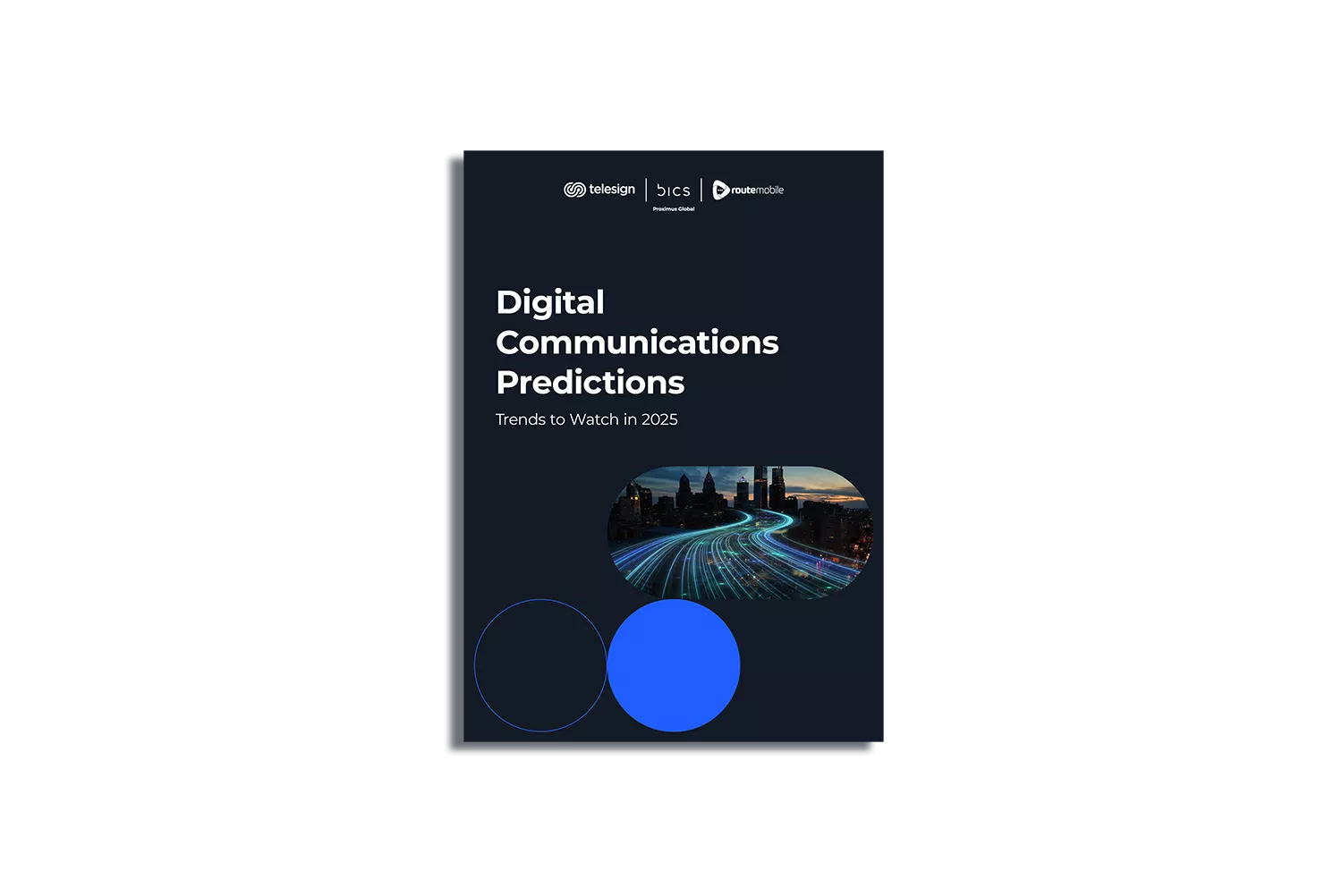Trust as job #1: Brands and consumers elevate trust as a top priority
While trust has always been essential, it’s quickly becoming the unseen currency of business. With rising consumer fear and anxiety around digital fraud year-over-year, getting this right will be critical in 2025.
Forward-thinking companies will make customer safety and protection central to their brand promise, creating seamless and engaging experiences that prioritize security and build deeper, more trusted customer relationships.
While it’s encouraging that more consumers are taking steps to protect their data, fraudsters continue to exploit any vulnerabilities. While educating users on password hygiene and social engineering scams remains crucial, as AI-driven attacks and deepfakes grow more sophisticated, businesses must act to stop threats before they reach consumers.
Leading organizations will strike this balance by using AI and machine learning to detect fraud in near real-time without disrupting the customer experience. Meanwhile, consumers will mostly accept appropriate levels of friction for added protection around their data.
On a larger scale, growing consumer concern will push for stronger privacy regulations, reshaping digital identity security. At the corporate level, businesses will focus more on account integrity, ensuring users are who they claim to be.





